‘We were buggered’: How fashion saved dying country race day
With paltry crowd numbers, country racing nearly went broke. Here’s how a stroke of ‘marketing genius’ saved the event.
QWeekend
Don't miss out on the headlines from QWeekend. Followed categories will be added to My News.
It was the last year of the last century and Robbie Woods and friends were sitting under the old fig trees at the Home Hill racetrack in a morose frame of mind, contemplating the end of decades of tradition.
The Home Hill Cup was not what it once was and nor, for that matter, was regional Queensland.
“We were buggered,” says Woods, who retains that regional Queenslander capacity to deftly summarise a complex situation.
The paltry crowd of a few hundred people drifting around the racecourse at the southern end of town, 120km south of Townsville in north Queensland, on that 1999 Saturday afternoon was just another reflection of a state slowly losing connection with the bush.
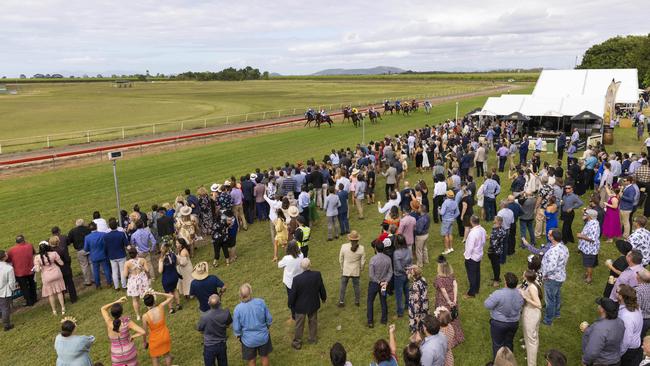
The economic rationalism of the ’90s had closed down small town councils in massive amalgamations, railway depots were abandoned and the sugar industry – the economic life blood of the Burdekin – had just received the first of what would be four federal government rescue packages as family farms struggled to find a place in a competitive international environment.
Even the Home Hill Show, the annual carnival that had been part of the community since 1926, was about to give up the ghost because the shrinking local population made it no longer viable.
The women of the Burdekin, many of Italian and Maltese descent, had always had a good eye for fashion.
Henry Petersen, a man regarded by many locals as a marketing genius, had already floated an idea with the race committee about putting Fashions on the Field at the centre of a new promotions strategy.
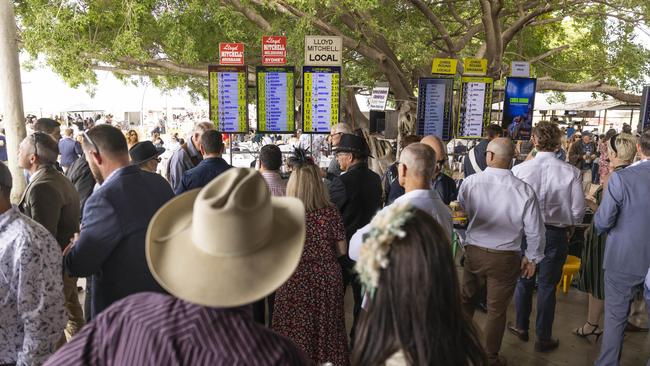
As a few stylishly dressed ladies mingled with the punters on that long ago Saturday afternoon, Jan Davies turned to race club president Charlie Barbagallo and said, “What’s the prize for the winners of the Fashions on the Field, Charlie?”
Barbagallo and Woods reckoned it was about $300 in the form of a voucher at a local chemist and Davies said, “Henry is on to something here. If you bump that prize money up, you’ll attract a lot more women and if you attract more women, the blokes will follow.”
And, largely on the basis of that outrageously politically incorrect idea of the commodification of women, sprang the Burdekin Growers Race Day, an event now firmly entrenched in North Queensland’s cultural and sporting landscape.
With strong support from local business, the prizes for the Fashions on the Field contest had by 2015 reached around $50,000 and included jewellery, Australia-wide holiday packages, dining vouchers, fashion accessories, watches and handbags.
Racegoers began showing up not merely from Cairns, Mackay and Townsville but as far afield as Victoria and even those southern celebrities such as Home And Away stars were lured to come on up north and add a dash of glamour.

If they lost on the punt, racegoers were stunned to learn as they headed towards the exit gates that they could pick up a full carton of fresh produce provided by local growers – no charge.
As the old saying goes, “Victory has a thousand fathers, defeat is an orphan.’’
Yet it says something about the people of Home Hill that no one will lay claim to being the architect of this extraordinary event which has caught the imagination of so many Queenslanders, and can draw crowds of more than 4000 people to a town with a population of 3000.
Woods points to Davies who points to Barbagallo, who points to the relentless energy of present club president Ricky Gudge and his wife, club secretary Leanne.
Everyone points to “ideas man” Henry Petersen who is widely reputed to be able to think outside the square, coming up with marketing ploys and innovations which keep the day evolving.
Petersen points back to the community, insisting it was a collaborative effort that created an event that not only allowed a struggling regional race club to get back on its feet, but added more social adhesion to an already resilient community that has historically displayed a strong sense of identity.
Twenty-two years after that day under the fig trees, on a Saturday in May with the rain holding off and the district in full bloom, the brown soils tilled into neat drills by farmers putting down their plant cane, pretty much all the people who made this event were there.
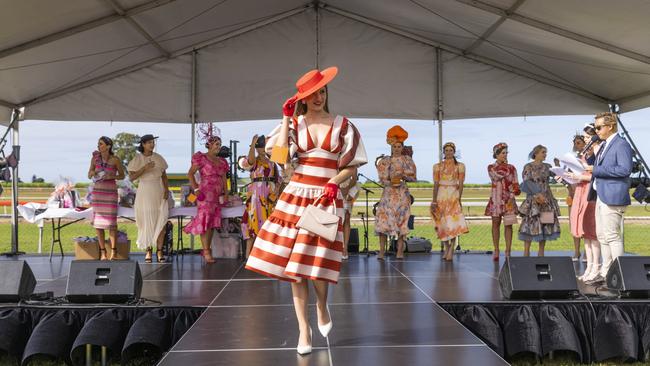
Now in middle age, or what might even be termed “advanced” age, (the dapper Barbagallo has seen off his 80th birthday) they all shared that expression which somehow manages to combine elation and deep satisfaction – think of the faces of parents at a school graduation ceremony.
Gazing on as the plush marquees fill with champagne and glamorous looking men and women, with the indefatigable Davies smoothing out the final details next to the Fashions on the Field stage, many of the early pioneers only had to sit back and welcome the exuberant 20-somethings as they spilled out of the buses from Townsville, dressed up as though this were Flemington racecourse and today was the Melbourne Cup.
Woods, sitting comfortably with his cronies in the Birds Eye Elite Marquee, gestures with his beer towards a patch of grass a few metres behind him.
“That was where the back fence was 20 years ago,’’ he barks.
“And look where it is now,” he adds, gesturing off 100m yonder.
“We have had to keep moving that rail over the years just to fit people in. You will really struggle to understand what has happened here if you don’t know the history of it. It just kept growing, snowballing, and not because of advertising, but because of word of mouth.”

Sam Cox, a former state MP for Thuringowa which takes in the Burdekin, and a member of a long-established Burdekin sugar growing clan, loves the tradition that the Home Hill event represents even as it grows and changes with the times.
“You go there one year, you miss out a few years, you go back and you find exactly the same blokes sitting in the same seats in the same area drinking the same beer,” he says.
Barbagallo, resplendent in charcoal suit and tie, is wreathed in smiles, his mind roving back not merely two decades but five – back to the early ’70s when old Dr Jim Joyce who was president from 1969 to 1985 asked the then youthful sugar cane grower to join the club.
Barbagallo joined, and watched his club grow from a country race meeting where up to 30 bookmakers gathered under the fig trees (“and what colourful characters they were – some great, some average”) into the technological age.
“I started out as a barrier hand,” Barbagallo recalls.
“I graduated to photo finish with judge Harry Schultz and later to the PA system with Kevin Benvenuti and later to TV and monitors with Peter Murphy, both who gave their time to me freely.’’
Barbagallo confirms the Fashions on the Field played a crucial role in bringing a new identity to the club.
But then so did his own coup which was to convince the Burdekin Rugby Club to get on board in the early 2000s which they did, the young footy players turning out for the day in formal wear to both outdo, and woo, the ladies.
“I have had a wonderful journey with this club,” he says.

Horse racing has threaded its way through Queensland history long before 20th century greats such as Toowoomba’s Bernborough and the “Goondiwindi Grey’’ Gunsynd captured national attention.
It was July 17, 1843, 20 years after John Oxley sailed up the Brisbane River and began the European settlement of the state, that the first handful of Queensland nags flew out of the starting gates at Coopers Plains.
In the years following, it was the race club, along with the church, the pub and the annual agricultural show which formed the core of community life, both in the capital Brisbane and across the growing communities dotting this decentralised state.
Greg Hallam, long-time boss of the Local Government Association of Queensland and intimately acquainted with Queensland regional life, has always noted the power of the regional race club.
“It was so often at the races where things were decided, where the deals were done,” he says.
Birdsville provides one of the few annual race carnivals which could, along with the Melbourne Cup, legitimately lay claim to the word “iconic”.
Ever since then-prime minister Malcolm Fraser turned up for the 1978 Birdsville Cup, images of the outback race meeting with its Fred Brophy boxing tent and crowded Birdsville Pub front bar have provided a form of shorthand for a rugged, outback nationalism.
Even if that national identity has not translated well into the 21st century, Birdsville still draws massive crowds every September and boasts impressive prize money, which can top $200,000.
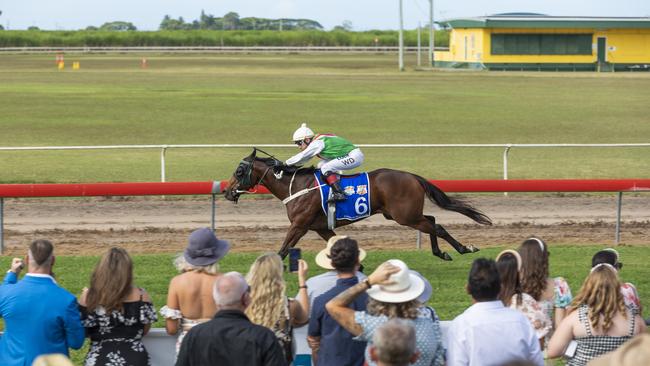
Yet there are literally scores of communities across the state which rely on the annual “Cup Day’’ race meeting to bind the community together, allowing everyone to dress up in elaborate costumes and take time out of their work-a-day lives to engage with one another in a frivolous, sometime flirtatious and often cheerfully inebriated state.
There is no question that racing in Queensland, and racing in regional Queensland more specifically, suffered towards the end of the last century as life drained out of small Queensland towns.
Successive state governments came up with support packages.
One, in late 2017, when the Palaszczuk government underlined its support of country racing with a four-year, $70m cash injection labelled The Country Racing Program, has had positive impacts.
One of those is the hugely successful Battle of the Bush series, which allows regional trainers to pit their horses against each other as they aim for the big prize in the final at Eagle Farm in Brisbane.
The Labor government also got a big thumbs up from the industry in its latest June 15 budget where it announced the renewal of the Country Racing Program, providing $35.2m over the next two years in prize money.
With 128 racing clubs around the state, the industry’s peak body, Racing Queensland, can identify exactly 62 clubs which recognise their own local cup day as the key social event for the year.
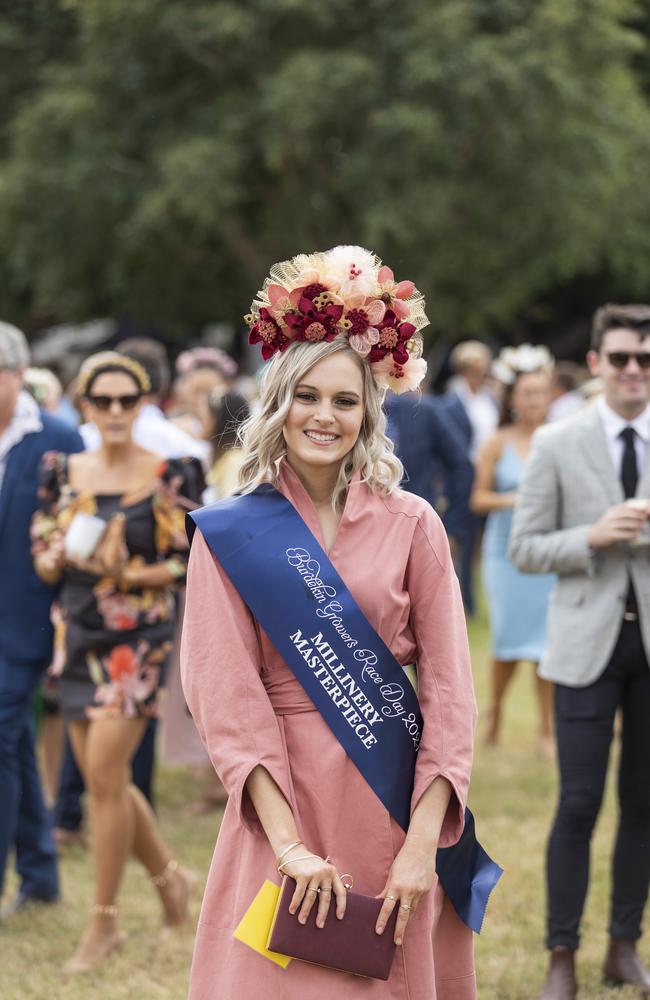
Racing Queensland chief executive officer Brendan Parnell says racing continues to connect communities right across the state and the Burdekin’s Growers Day has emerged over the past few decades as the perfect example of the unifying aspects of what was once known as “the sport of kings”.
“It’s part of our social fabric and the Burdekin Growers Day is a great example of the way it plays such an important role in connecting communities right across Queensland,” Parnell says.
Home Hill and the wider Burdekin community, taking in Ayr and Brandon to the north of Home Hill as well as a host of tiny towns and hamlets like Millaroo and Clare, is one of Australia’s more picturesque communities, the district’s green cane fields flanked by the slightly more arid regions of Bowen to the south and Townsville to the north.
This is an area of Australia which hardly needs instruction on how to bind its people together in a community of purpose.
Decades before 1970s Immigration Minister Al Grassby was spouting the wonders of multiculturalism, the Burdekin was weaving its own culturally diverse tapestry, still evident in the names, accents and architecture of the district.
The descendants of Italians who immigrated to North Queensland to work in the sugar industry before Benito Mussolini got in league with Adolf Hitler and put every Italian Australian (deeply unfairly) under suspicion of sedition during World War II, will tell you the highly integrated sugar growing communities of the north didn’t evolve effortlessly into one big happy family.
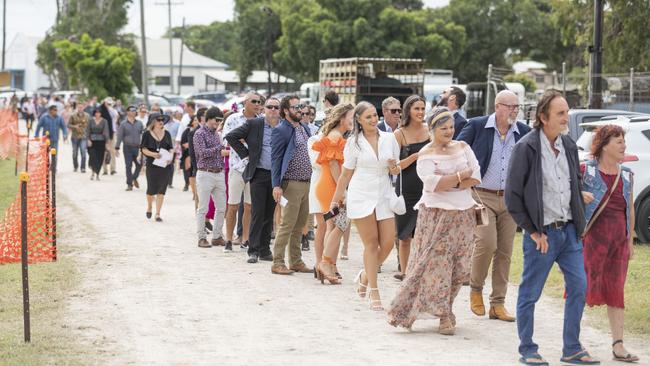
Some of their parents and grandparents were locked up in internment camps in the early 1940s and, even after the war, occasional bouts of bigotry and racism, which are a part of every human hive, found targets in Italian and southern European immigrants.
But the Burdekin, along with other northern sugar growing communities such as Mackay, Ingham and Innisfail, still provides the textbook example of how stunningly successful Australia’s immigration program can be.
The genial Woods jokes about his Italian neighbours going back to visit the folks in the ancestral Italian village and seeing the names of what they have come to regard as “good ol’ Burdekin families” festooned over local businesses.
Those Italian names are now Australian names, and the people who own them have been instrumental in building the modern communities which make Queensland the hugely successful state it is.
Woods warns sternly, complete with wagging finger, that no journalist should ever think of writing about Growers Day without making it abundantly clear to readers that the event succeeds only because this tightly woven community is determined to make it succeed.
“I am not talking to you unless you make it clear that this is a community event that runs on volunteers,” he declares.
“Those boxes of fruit and vegetables that everyone is allowed to take home after the races are provided by local growers.
“People put in hours at meetings and admin work during the year then come in here a few days before the races start and help set up.
“They work hard and they make this happen!”
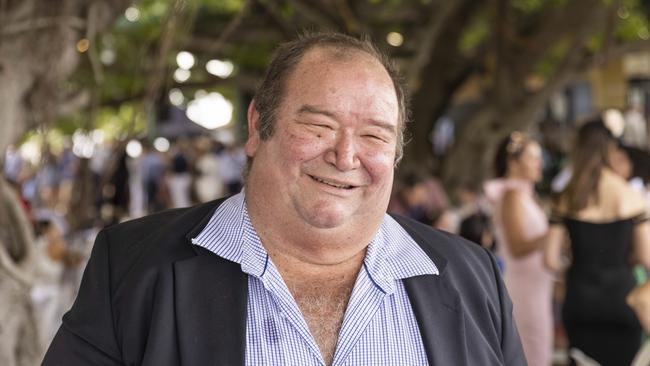
Russ Reguson, a legendary bookmaker who has been swinging the bag around North Queensland race tracks since he got his licence in 1966, won’t cavil with big Robbie Woods.
Reguson doesn’t live in Home Hill but always feels obligated to put in a few hours himself setting up his stand on the big day.
“I got here five days ago,” he says with a grin as he takes a couple of “pineapples” ($50 notes) from another hopeful punter.
“There are great races around North Queensland – just look at the Cairns Amateurs (the Cairns racing carnival from September 9-11) as one example,” he says.
“But there is just something great about this race meeting, and it’s probably because so much of what happens happens because the community is 100 per cent behind it.”
For Annabel Falco, the Home Hill-born Qweekend fashion editor, who now calls Brisbane home and who flew up to be a judge of Fashions on the Field, Growers Day is something she is deeply proud of.
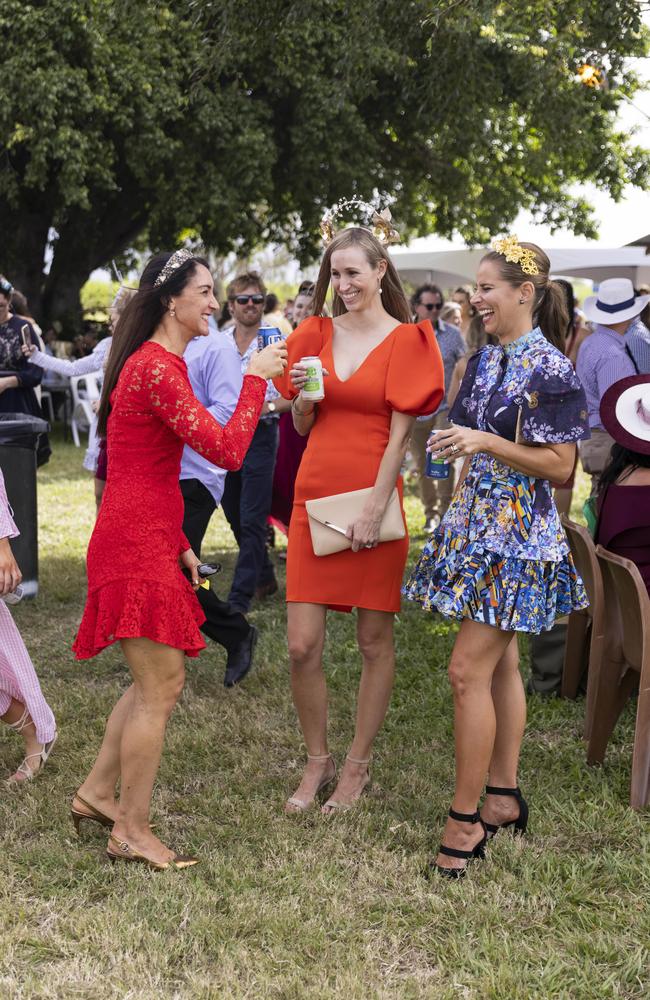
Not that she has sweet childhood memories of a race day that does not allow anyone under the age of 18 past the gates.
But she has long seen Fashions on the Field, which are so much part of the day’s success, as a testament to the creativity that the district is capable of.
“A lot of these women can come up with creations that are just sensational, and a lot of them are actually made by themselves,” Falco says.
“I know of one case where 18 months of work went into a design.
“A lot of the style is what you might call conservative, and some creations are just stunning.”
State Racing Minister Grace Grace, who backed a winner or two at the Barcaldine Tree of Knowledge Festival Cup last May, says Queensland has a great strength in its regional race meetings.
The practical results of ongoing government funding can be found in places such as Charleville where the Central Warrego Race Club has spent more than $400,000 upgrading the course making it one of the TAB Battle of The Bush qualifiers.
“There are economic benefits, with more than 2000 jobs in rural and regional Queensland depending on racing,” Grace says.
“Like many Queenslanders I love a country race meeting and I’m looking forward to getting to more race days this year.”
One option for the years ahead, for those looking for that authentic Queensland experience, is to head to the Burdekin Growers Day to watch the Burdekin cup, which next year is on May 21.
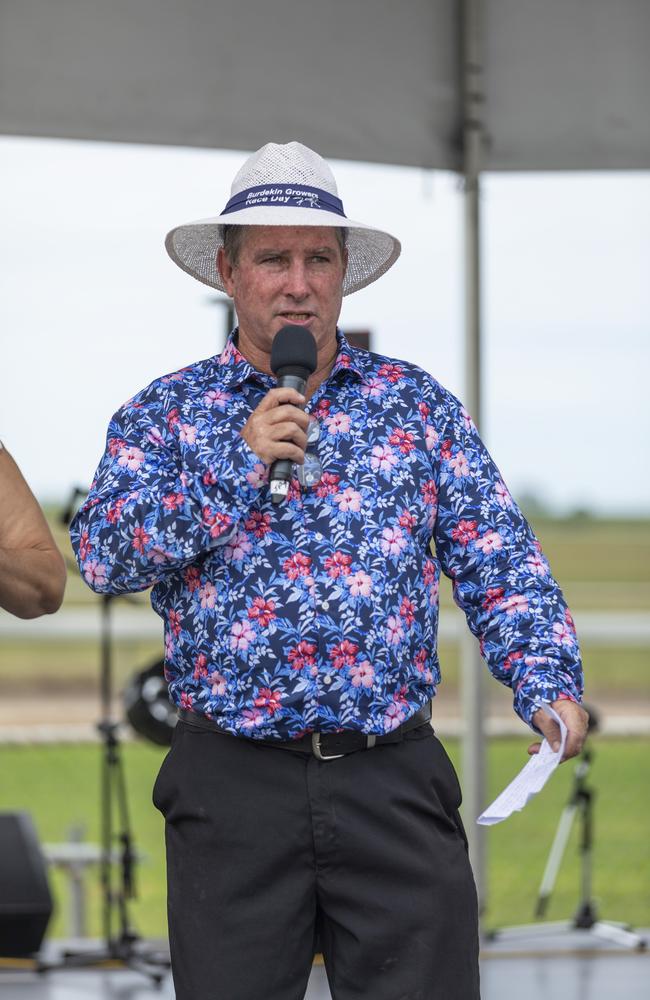
Its success over the past two decades ensures the likelihood of it continuing for decades more.
This year’s cup was won by what many locals saw as the sentimental favourite, Rebel Lake, which just happened to be owned by club president Rick Gudge and wife Leanne along with locals Ron Scott and Jeremy Caspanello.
For Leanne, who says she and her husband had been trying to win the cup for more than a decade, it was a magnificent day, and one she is proud to have played a part in.
“People come in and do these jobs, like club secretary or club president or whatever, then leave for a few years and then you find that they come right back into it,” she says.
“I do it because I love racing and I love the community, and I think it is the community that we are all thinking about when we do this sort of work.
“We give to the community, the community give back to us.”
CALENDAR OF EVENTS: RACING IN THE REGIONS
July 9 – Rockhampton Newmarket
July 10 - Rockhampton Cup
July 16 – Mackay Newmarket
July 24 – Mackay Cup
August 7 – Townsville Cup/Cleveland Bay Handicap
August 12 – Mount Isa Rodeo
August 14 – Banana Day (Innisfail)
August 21 – Cairns Newmarket
August 21 – Gympie Muster
August 28 – Cairns Cup
September 3-4 – Birdsville Races/Birdsville Cup
September 10-11 – Cairns Amateurs/Cairns Amateurs Cup
September 18 – Dalby Cup (Dalby & NDJC)
September 24 – Ewan Cup
September 25 – Toowoomba Cup/Weetwood Handicap
October 8 – Cloncurry Cup (Cloncurry & DRC)
October 9 - Emerald 100 race day
October 9 – Warwick Cup
November 2 – Charleville Cup (Central Warrego RC)
November 6 - Cooktown Cup
November 20 – Roma Cup
December 4 – Country Cups Challenge/Country Stampede Final (Doomben)
December 18 – Chinchilla Cup
For more information visit racingqueensland.com.au





